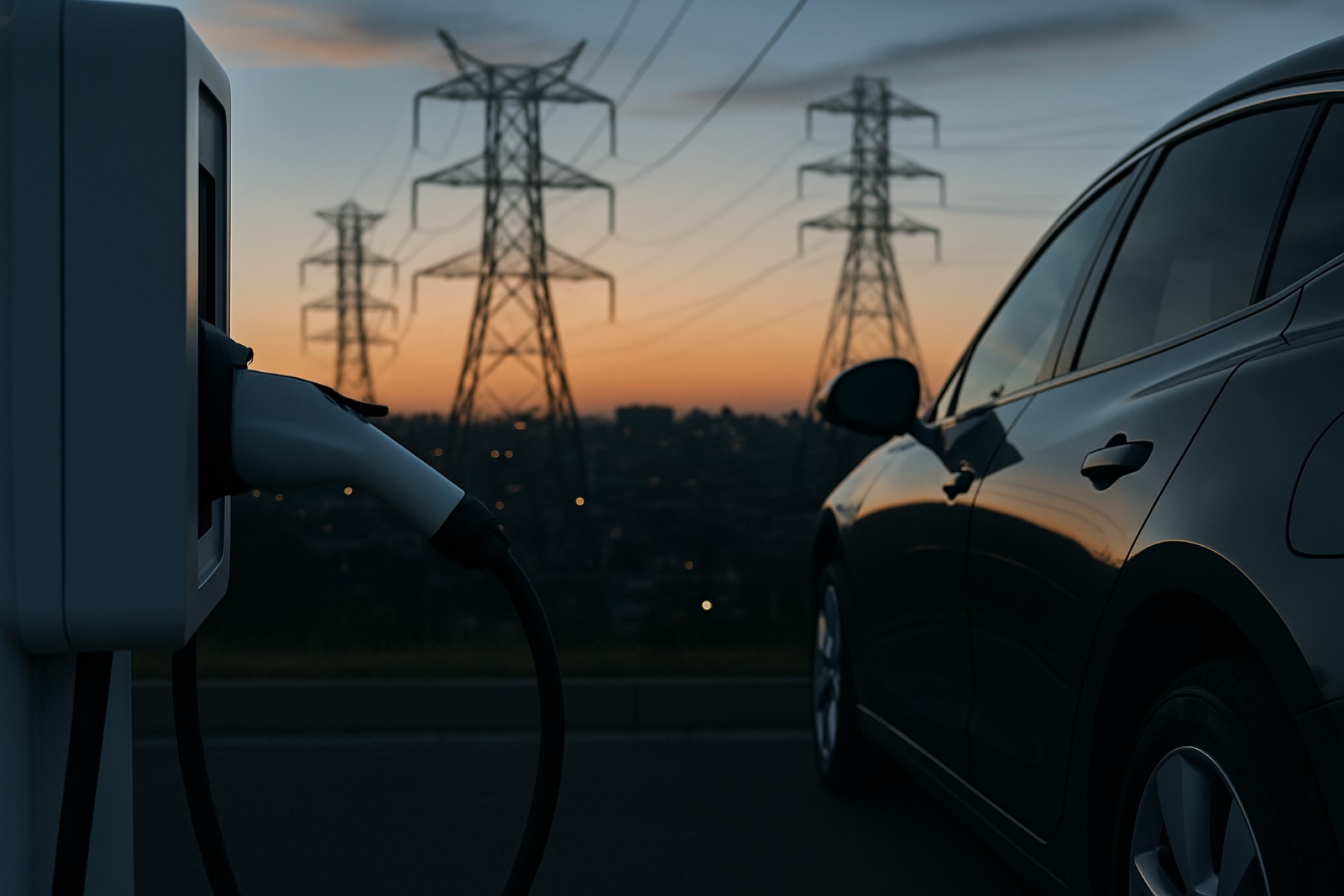Outages, Exploding Demand, and the High Stakes Race to Save the Global Power Grid in 2025
Electricity demand is exploding. Is our grid ready? Discover the urgent tech, risks, and solutions now driving a global energy revolution.
- 3x: Global energy use tripled since 1970 (IEA, BP, UNEP stats)
- 23 hours: Duration of the 2025 Iberian Peninsula blackout
- 4.3%: Electricity consumption growth in 2024—double historic averages
- 50%: Share of electricity in global energy demand projected by 2050
Energy has shaped civilization from ancient fire to the fierce modern hunt for megawatts. But in 2025, new storm clouds are gathering over the power sector. Surging energy demand, epic blackouts, and climate-driven crises are exposing just how vulnerable our electrified world has become.
From dramatic blackouts in Europe to exponential rises in household and industrial power use, the global energy system faces a stress test like never before. As renewables race ahead, grid operators, governments, and innovators alike are scrambling to upgrade the backbone of modern life: the electricity grid.
Why Is Electricity Demand Exploding?
The world today is hungry for power. According to IEA and UNEP, global energy consumption leapt from 57,000 TWh in 1970 to over 180,000 TWh in 2024. The 1970s saw a world barely plugged in; now, every device, factory, and critical infrastructure depends on electrons.
In 2024 alone, global energy demand shot up 2.2%—the biggest surge this decade. Electricity led that charge, up 4.3%, powered by:
- Record-setting heat driving air conditioning
- Electric vehicles replacing gasoline and diesel
- Big Data and AI guzzling digital power
- Expanding cities and new industries
IEA projections suggest global electricity demand could rocket by another 4% yearly through 2027—the fastest sustained growth since electrification began.
Are Renewable Energy Sources Ready for Prime Time?
Solar, wind, and hydropower are booming—crucial to climate action and new economic strategies. But despite renewable sources making up major chunks of new capacity (BP), they introduce thorny challenges:
- Solar production vanishes at sunset
- Wind lulls can cripple output for days
- Droughts undermine hydroelectric plants
Grid operators must balance unpredictable sources with rising demand. Intermittency often forces fossil fuel plants to stay on standby, complicating climate efforts.
What Happened During the 2025 Iberian Peninsula Power Outage?
On April 28, 2025, vast swathes of Spain, France, and Portugal went dark. The outage lasted 23 hours—crippling commerce and costing Spain’s economy more than 150 billion euros. Experts attributed the disaster to a sudden drop in solar output, combined with insufficient backup and grid inflexibility.
The blackout exposed the hard truth: advanced economies aren’t immune to cascading failures when grid systems can’t handle rapid swings in supply and demand.
Q: Why Does the World Need Smarter, More Flexible Grids?
Modern society’s lifeblood is now electricity—from homes to hospitals to transport and data. This dependence turns the reliability of electric supply into not just a technical, but a strategic (even existential) priority. Climate change is compounding the threat—fueling extreme weather, unstable generation, and global supply chain shocks.
Smart grid technologies, advanced energy storage (next-gen batteries and hydrogen), and cross-border power sharing are now considered urgent investments. These innovations can cushion supply swings and enable safe, flexible integration of renewables.
How Is Electrification Changing Energy Security in Türkiye and Beyond?
Türkiye’s case is a snapshot of a worldwide trend: explosive growth in demand. As of 2024, Türkiye’s electricity needs soared to 350 TWh—almost triple the total from two decades ago. That number is forecasted to top 510 TWh by 2035. While renewables provide 60% of installed capacity, their output is less predictable—forcing greater emphasis on grids’ adaptability and resilience.
The push for electrification—spanning everything from electric vehicles to heat pumps—isn’t slowing down. Türkiye’s “2053 Net Zero Emissions” goal places even more pressure on updating grid tech and storage, aiming to keep pace with innovation and weather the climate storm.
Q: What Can Be Done to Prevent Blackouts and Secure a Clean Power Future?
Experts recommend a three-pronged action plan:
- Massively Increase Energy Storage: Invest in batteries, hydrogen storage, and flexible demand systems.
- Modernize Power Grids: Roll out smart, resilient infrastructure capable of responding to real-time shifts in supply and demand.
- Integrate Renewables Smarter: Diversify the mix, ensuring backup sources and cross-border energy trading for additional stability.
Addressing these priorities is vital—not just for avoiding blackouts or hitting climate targets, but for safeguarding the economic and social fabric built on reliable electricity.
How to Prepare for the Energy Revolution: Checklist for 2025 and Beyond
Don’t get left in the dark. Power up your awareness and urge action with this essential checklist:
- Support and pressure policymakers for smart grid investments and energy storage projects
- Demand greater resilience and transparency from utility providers
- Embrace personal electrification—e.g., solar panels, EVs, and home batteries
- Stay updated with resources from IEA, UNEP, and BP
The world’s power revolution is underway. Will your home, business, and country be ready for the next surge? Start planning for a resilient, electrified future—today.
